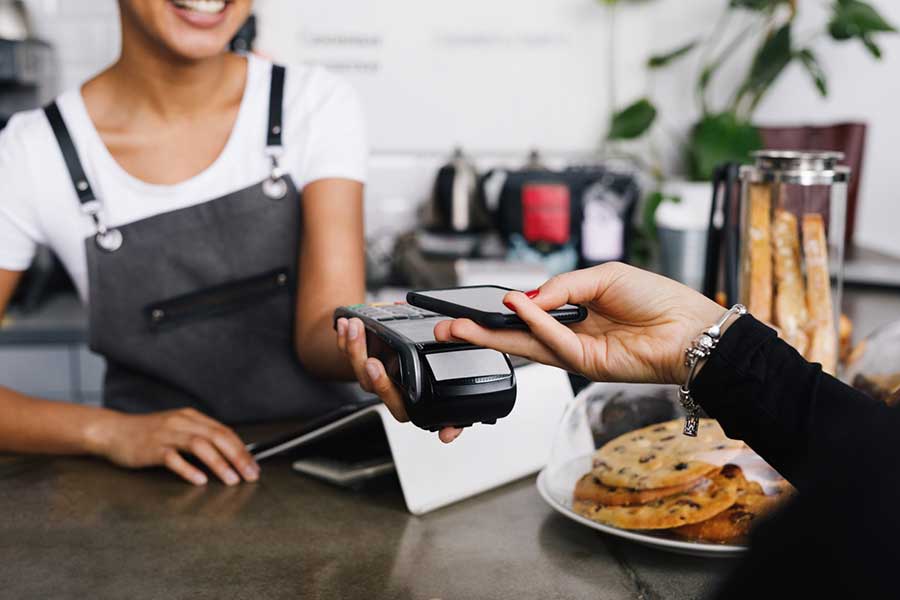Just like a dollar can be broken down into cents, Bitcoin can be divided into smaller parts called satoshis. This makes it easier for people to buy, sell, and spend Bitcoin without needing to own a whole coin.

In this article, you’ll learn exactly what a satoshi is, how it fits into the Bitcoin system, how much it’s worth, and why it matters for anyone interested in crypto. By the end, you’ll know how to calculate satoshis, convert them to dollars, and see why they’re key to Bitcoin’s everyday use.
What Is a Satoshi?
A satoshi is the smallest unit of Bitcoin. One Bitcoin is made up of 100 million satoshis. Think of satoshis as the “cents” of Bitcoin — though each one is far smaller than a penny.
The name comes from Bitcoin’s mysterious creator, Satoshi Nakamoto, who designed Bitcoin to be divisible enough for global use. Because Bitcoin’s supply is limited, this divisibility ensures it can handle transactions of any size, from large investments to micro-purchases.
Bitcoin Denominations
| Unit Name | Symbol | Value in Bitcoin | Value in Satoshis |
|---|---|---|---|
| Bitcoin | BTC | 1 | 100,000,000 |
| Millibitcoin | mBTC | 0.001 | 100,000 |
| Microbitcoin | μBTC | 0.000001 | 100 |
| Satoshi | sat | 0.00000001 | 1 |
These denominations make it simple to measure Bitcoin in smaller amounts as prices rise. While few people own a full Bitcoin, many own thousands or even millions of satoshis.
Why Satoshis Exist
Bitcoin was built to be both scarce and usable. To achieve that, it needed a way to support transactions of all sizes without changing its total supply.
Because Bitcoin’s price has increased dramatically over time, using whole coins for daily transactions would be impractical. Paying for coffee or groceries in Bitcoin would require decimals so long they’d be confusing.
Satoshis solve that problem by breaking Bitcoin into small, manageable units. Whether someone is tipping an online creator or transferring funds across the world, satoshis make it possible to send precise amounts without overcomplicating the math.
How Much Is a Satoshi Worth Today
A satoshi’s value depends entirely on the price of Bitcoin. Because each Bitcoin is divided into 100 million satoshis, even a modest price increase or drop changes how much a single satoshi is worth in U.S. dollars.
Formula:
1 satoshi = Bitcoin price ÷ 100,000,000
At higher Bitcoin prices, each satoshi becomes more valuable. Here’s how that looks at different price levels.
Satoshi to USD Conversion (Example)
| Bitcoin Price | 1 Satoshi = | 1,000 Satoshis = | 10,000 Satoshis = |
|---|---|---|---|
| $75,000 | $0.00075 | $0.75 | $7.50 |
| $100,000 | $0.00100 | $1.00 | $10.00 |
| $125,000 | $0.00125 | $1.25 | $12.50 |
| $150,000 | $0.00150 | $1.50 | $15.00 |
This makes it easy to think of satoshis as a way to measure smaller Bitcoin amounts. Instead of saying “0.0001 BTC,” you can say “10,000 satoshis,” which feels more natural for everyday spending and clearer for new Bitcoin users.
How to Convert Satoshis to Bitcoin or USD
You don’t need to be a math expert to figure out how much your satoshis are worth. Most crypto apps and exchanges automatically handle the conversion for you, but it helps to know how the numbers work.
Formula:
Bitcoin amount = Number of satoshis ÷ 100,000,000
If you want to go the other way:
Satoshis = Bitcoin amount × 100,000,000
To see what that equals in dollars, multiply the Bitcoin amount by the current Bitcoin price.
For example, if Bitcoin trades at $100,000:
- 10,000 satoshis = 0.0001 BTC = $10
- 100,000 satoshis = 0.001 BTC = $100
Using a Crypto Calculator or Wallet App
Most people use an exchange or crypto tracker to see these conversions instantly.
Here’s how to do it:
- Choose a tool: Use a reputable app such as CoinMarketCap, CoinGecko, or a wallet like Coinbase or Binance.
- Enter the amount: Type how many satoshis or Bitcoin you have.
- Select your currency: Choose USD or another local currency.
- View the result: The app instantly displays your Bitcoin and dollar values.
This is the easiest way to keep track of your Bitcoin’s real-world value without doing any math manually.
How Satoshis Are Used in Everyday Transactions
Satoshis make Bitcoin practical for daily use. Without them, it would be nearly impossible to pay for small purchases or microtransactions.
Here are some common examples of how satoshis are used:
- Online tips: Many social and streaming platforms let users send small tips in satoshis to creators or gamers.
- Lightning Network payments: The Lightning Network processes instant, low-cost Bitcoin transactions at the satoshi level.
- Gaming and rewards: Players can earn or spend satoshis inside games, making it easier to handle micro-payments.
- NFT marketplaces and content platforms: Some websites pay writers, artists, or developers in satoshis for small tasks or creative work.
Satoshis are what make Bitcoin more than a store of value—they make it functional for quick, low-cost transactions around the world.
How Satoshis Compare to Other Crypto Units
Every cryptocurrency has its own smallest unit. These tiny fractions allow digital currencies to be used for small or high-volume transactions without breaking their overall limits.
Smallest Units of Major Cryptocurrencies
| Cryptocurrency | Smallest Unit | Conversion | Named After |
|---|---|---|---|
| Bitcoin | Satoshi | 1 BTC = 100,000,000 satoshis | Satoshi Nakamoto |
| Ethereum | Wei | 1 ETH = 1,000,000,000,000,000,000 wei | Wei Dai |
| Litecoin | Litoshi | 1 LTC = 100,000,000 litoshis | “Lite” + “Satoshi” |
Bitcoin’s 8 decimal places make it flexible enough to handle transactions of any size. Some cryptocurrencies, like Ethereum, go even further with extreme divisibility, but Bitcoin’s structure strikes a balance between practicality and precision.
Why Satoshis Matter for Bitcoin Adoption
Satoshis make Bitcoin accessible to everyone—not just investors who can afford a whole coin.
- Accessibility: Satoshis let anyone buy, send, or save small amounts of Bitcoin without needing large sums of money.
- Global inclusion: They make Bitcoin usable in countries with lower incomes or higher currency inflation.
- Psychological pricing: People often find it easier to think in thousands of satoshis rather than fractions of a Bitcoin.
By making Bitcoin easier to understand and spend, satoshis help bridge the gap between digital currency and everyday use. They represent Bitcoin’s shift from an investment asset to a functional, global payment system.
Final Thoughts
Satoshis are what make Bitcoin usable for everyone. They break down a single Bitcoin into tiny, manageable pieces so that anyone can buy, send, or earn Bitcoin without needing to spend thousands of dollars.
As Bitcoin’s price continues to rise, satoshis keep it practical for everyday use—from small online payments to international transfers. You don’t need to own a whole Bitcoin to participate in the crypto economy; owning satoshis is enough to get started.
If you’re exploring Bitcoin for the first time, learning how satoshis work is one of the simplest ways to understand digital money and how it’s changing how people exchange value around the world.
Frequently Asked Questions
How many satoshis make one Bitcoin?
One Bitcoin is equal to 100 million satoshis. This fixed ratio never changes, no matter what Bitcoin’s price is.
Can you buy just satoshis instead of a full Bitcoin?
Yes. Most exchanges and apps let you buy Bitcoin in small amounts, often as little as a few dollars’ worth. What you’re really buying are satoshis.
Are satoshis only used on the Bitcoin network?
Yes. Satoshis are the smallest unit of Bitcoin and only exist within the Bitcoin blockchain. Other cryptocurrencies have their own smallest units, like wei for Ethereum or gwei for smaller ETH transactions.
Will Bitcoin ever add more decimal places?
It’s possible but unlikely anytime soon. Bitcoin’s 8 decimal places already support microtransactions, and the Lightning Network helps handle even smaller payments efficiently.
How can I earn satoshis for free?
Some platforms and apps reward users with small amounts of Bitcoin—measured in satoshis—for completing surveys, watching ads, testing games, or using cashback programs tied to crypto wallets.
